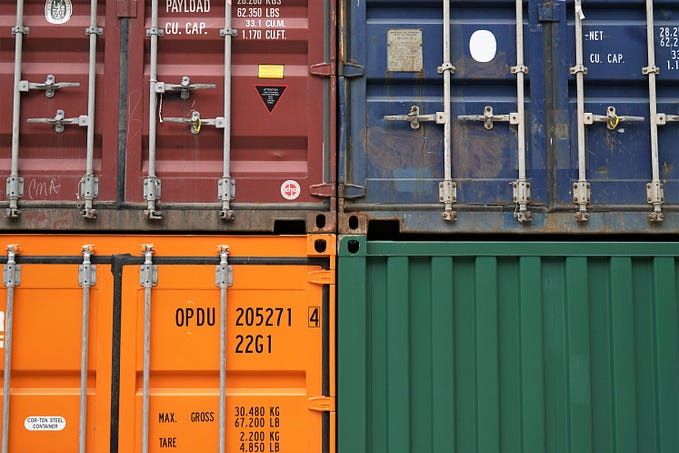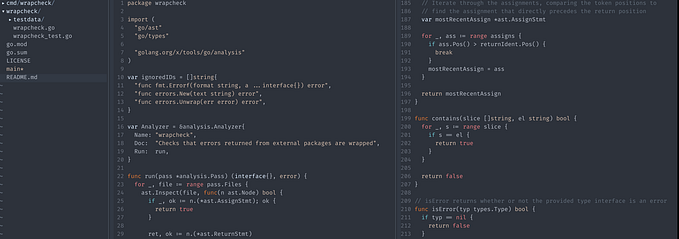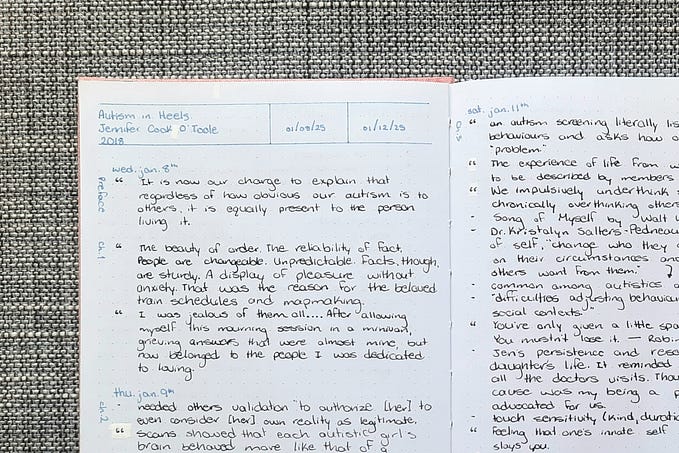A Product Designer’s Introduction to Service Design

October marks the 4th month since I embarked on my journey as a service design consultant in the international development and public sector space. In this article, I’m excited to share my experiences and insights, making this a beginner’s guide tailor-made for product designers like me who are either contemplating a transition into service design or aiming to start on a career as a service designer.
Let’s start by defining the basics:
What is Service Design and Product Design?
Service Design: It entails designing and improving the entire service experience of a digital or physical product. It focuses on creating a holistic and consistent user experience, covering all touchpoints from initial contact to service delivery and follow-up.
Product Design: Involves creating user-centric products with the primary goal of enhancing user satisfaction while driving business growth.
As a service designer, I had to shift my mindset from perfecting a single product to optimising an entire experience, from the first user touchpoint to the last. It’s like transitioning from being a solo artist who perfects a single painting to becoming a curator of an entire art exhibition. In this role, every exhibit, every display, and every interaction must come together to create a holistic and memorable gallery experience.
Now that we have clear definitions, let’s dive into the key differences between service design and product design.
Key Differences Between Service Design and Product Design
The Nature of Offering: Tangibility vs. Immersion
In the world of product design, product designers create tangible outcomes — they produce digital items that users can directly interact with, such as prototypes, digital interfaces, and wireframes. These are digital assets that users can see and engage with on their screens.
In contrast, service design focuses on crafting immersive experiences. In this context, your outcomes would look like service blueprints, journey maps, standard operating procedures, and guidelines geared towards enhancing the overall service interaction.
User Involvement: From Feedback to Co-creation
One of the most striking differences between the two disciplines is the level of user involvement. In product design, user feedback is vital, but in service design, it’s a whole new ball game. Here, you don’t just listen to users; you invite them to the stage. They become co-creators of the experience.
Imagine redesigning a digital banking platform. In product design, it would typically involve extensive user testing and iteration phases. But in service design, you will need to work closely with customers, bankers, and even regulators to reimagine the entire banking experience. It’s not just about perfecting a product; it’s about shaping a service ecosystem.
Change Management: Shaping Organizational Culture
Perhaps one of the most intriguing aspects of service design is the role of change management. As a service designer, you often find yourself in the position of a catalyst for organizational transformation. It’s not just about designing the service; it’s about reshaping the culture and processes within an organization to deliver that service effectively.
In product design, while there are certainly challenges, they tend to revolve around technical constraints and design optimizations. But in service design, you may find yourself as much a strategist as a designer, driving change and innovation.
Collaboration Scope
Product designers typically collaborate closely with cross-functional teams that may include developers, writers, and product managers. Their primary focus is on crafting and refining digital products, ensuring that user interfaces, functionality, and user experiences are optimized for the intended audience.
While service designers engage in collaboration with a broader range of stakeholders, which often encompasses process owners, frontline employees, policymakers, and customers. This extensive collaboration is necessary because services can involve intricate systems and processes that require insights from various sources to create a cohesive and user-centric service experience.
Let’s take a look at some real-world examples to illustrate these differences.
Case Study: Online Tax Filing System
Imagine you are a product designer tasked with designing an online tax filing system for a government agency. Your primary focus is on the design and development of this online system. Your responsibilities include optimising the user interface (UI), creating user-friendly forms, and providing clear instructions. Success is measured by factors such as the ease of use, accuracy of tax submissions, and the efficiency of the online filing process.
Now, let’s shift to service design within the context of the online tax filing system. As a service designer, your focus extends beyond the online system to the entire tax filing service, encompassing the citizen’s journey from tax preparation to submission and follow-up. You work on streamlining the entire process, including simplifying tax code explanations, ensuring timely processing of tax returns, and making sure customer support channels are available and that the assistance provided is extremely helpful and friendly to citizens. Success is measured by the overall effectiveness of the tax filing service, which includes not only the usability of the online system but also the ease of understanding tax regulations, the availability of support for citizens, and the efficiency of tax processing.
Transferrable and Cross-Functional Skillset
While service design and product design may seem different on the surface, they actually have a lot in common. Here are some key similarities:
- Meeting User Needs: Both disciplines are all about making users happy. Whether it’s creating a user-friendly app or a seamless service, the end goal is always to meet user needs and improve their satisfaction.
- Design Thinking: Design thinking is a problem-solving approach that’s at the heart of both service and product design. It’s like a toolbox filled with creative solutions for making things better.
- User-Centered Approach: In both fields, the focus is on the user. What do they want? What makes them happy? User research and testing are essential to figure this out.
These shared goals and principles make it surprisingly easy for a product designer to transition into service design. In fact, there are many skills that product designers already have that are super useful in service design:
- Prototyping and Iteration: In product design, prototyping and iteration are integral to refining the user interface and functionality of digital products. These skills easily translate into the world of service design, where prototyping takes the form of journey maps and service blueprints. The ability to iterate and refine processes and interactions is equally valuable when designing services.
- Problem-Solving: Problem-solving is a universal skill in design, and product designers are adept at identifying and addressing user pain points. In service design, problem-solving extends to identifying bottlenecks in service delivery and streamlining complex processes to enhance the user experience.
- Collaboration and Facilitation: Facilitation is a key skill in service design, and product designers often have experience in facilitating discussions and workshops. Effective collaboration and the ability to guide stakeholders through ideation and problem-solving processes are highly transferrable skills.
- Communication: Effective communication is vital in design. Product designers are skilled at articulating their design decisions and conveying ideas visually. These communication skills are invaluable when presenting service design concepts and strategies to a diverse set of stakeholders.
- Systems Thinking: Understanding how individual elements fit into a larger system is a hallmark of both disciplines. While product designers focus on the individual product’s role in the user’s life, service designers consider the service ecosystem as a whole. The ability to think systemically is a skill that product designers can hone as they transition into service design.

Day in the Life of a Service Designer
Now that we’ve explored the skills that can ease your transition from product design to service design, let’s take a closer look at the day-to-day activities of a service designer. This will help you gain a better understanding of the practical aspects of this role and what to expect.
Mapping Out Customer Journeys and Identifying Loopholes:
Understanding the customer journey is essential for service designers. They meticulously map out the paths users take when interacting with a service, from initial contact to completion. This journey mapping allows designers to identify potential loopholes, pain points, and opportunities for improvement. By putting themselves in the users’ shoes, service designers gain valuable insights into the user experience.
Mapping Out Service Blueprints:
Service blueprints are a visual representation of a service’s end-to-end processes. Service designers meticulously map out these blueprints to gain a comprehensive understanding of the service ecosystem. By plotting each step, touchpoint, and interaction involved in a service, designers can identify pain points and inefficiencies. This process helps in optimising and streamlining the entire service experience.
Developing Standard Operating Procedures:
Service designers play a critical role in developing standard operating procedures (SOPs) for service delivery. These SOPs outline the step-by-step processes and protocols that staff follow to ensure consistent and high-quality service. Well-defined SOPs are essential for achieving service excellence and ensuring that all team members are aligned in their approach.
Facilitating Design Sprint Sessions:
A significant part of a service designer’s role involves facilitating design sprint sessions. These sessions are intensive, time-bound workshops where cross-functional teams come together to tackle complex problems and generate innovative solutions. As a service designer, you’ll guide participants through various exercises, helping them brainstorm ideas, prototype solutions, and validate concepts with real users. The goal is to rapidly iterate and refine ideas to arrive at effective solutions.
Developing Guidelines and Manuals:
Service designers create guidelines and manuals that provide clear instructions for improving user interactions with a service. These resources serve as a reference for both staff and users, ensuring that everyone understands how to navigate the service effectively. Guidelines and manuals contribute to a seamless and user-friendly service experience.
Conclusion
So there you have it, my insights and learnings from my transition from product design to service design. It’s a journey that’s been eye-opening, challenging, and incredibly rewarding. If you’re a product designer considering a leap into the world of service design, or if you’re just curious about what it entails, I hope this guide provides you with a glimpse into this exciting field.
Remember, design is a versatile tool. Whether you’re crafting products or creating services, the ultimate goal remains the same — to create remarkable and meaningful experiences for users.
Additional Resources
If you’re eager to delve deeper into service design or if you’re a fellow designer on a similar journey, here are some resources that have been invaluable to me:
Books:
- The Design of Everyday Things by Don Norman.
- The Design Sprint Book: How Smart Teams Start Big Projects by Jake Knapp
- Service Blueprints Step-by-step Guide by Robert Curedale
Online Courses:
Thanks for Reading. ❤️









